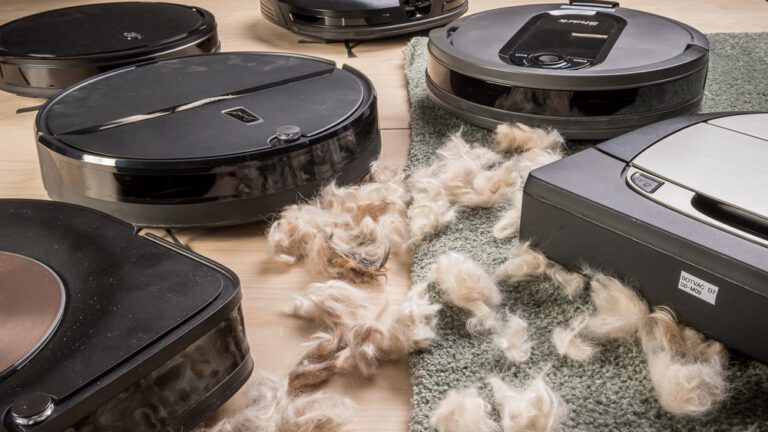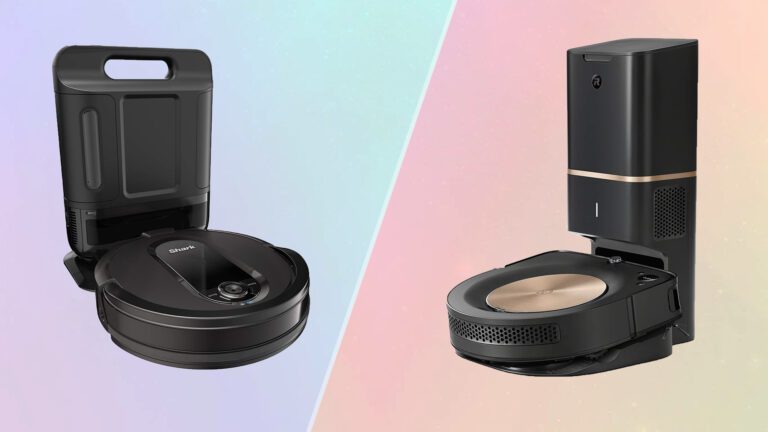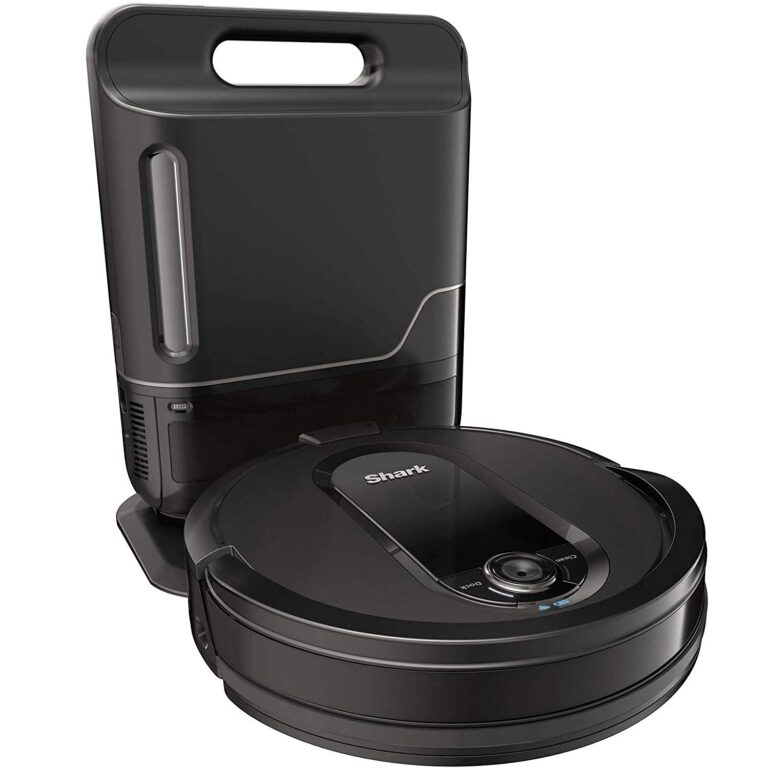How to Choose the Best Step Ladder for Your Home Projects?
To choose the best step ladder, consider its height, material, duty rating, and stability features. Ensure compatibility with your project’s requirements and safety standards.
Selecting the right step ladder for home projects is crucial for both safety and efficiency. A step ladder that’s too short will tempt you to overreach, while one that’s too tall can be cumbersome and difficult to navigate indoors. The material plays a key role as well; aluminum ladders are lightweight and easy to move, whereas fiberglass options offer better insulation against electrical hazards.
Remember to check the duty rating to ensure it can support both your weight and the weight of your tools. Look for ladders with wide steps, anti-slip feet, and perhaps even a platform at the top to ensure a secure footing and added comfort during use. A quality step ladder is not just an investment in your home, but also an investment in your personal safety, making it an essential tool for any homeowner.
Assessing Your Home Project Needs
Before diving into any purchase, it’s essential to evaluate what exactly you need in a step ladder. It’s not just a matter of picking the tallest or the sturdiest; it’s about finding the perfect match for your specific tasks. Each home project carries its own set of requirements, and the right ladder will ensure you complete your endeavors safely and efficiently.
Considering Height And Reach
Choosing the right step ladder height is pivotal. Measure the highest point you need to reach and add a safety margin. A common rule is that your feet should never stand above the second-to-last rung for safety. This ensures stability and reach without compromising your well-being.
- Interior tasks like changing a light bulb might need a shorter ladder.
- For exterior tasks like reaching a gutter, a taller ladder is crucial.
Frequency Of Use
Think about how often you’ll use the step ladder. Is it for a one-time project or frequent use? A ladder for daily activities should be more durable and easy to move. Consider ladders with features that make frequent use more comfortable, such as lightweight materials or wheels.
| Frequency | Suggested Features |
|---|---|
| Daily | Lightweight, wheels |
| Monthly | Sturdy, foldable |
| Rarely | Compact, cost-effective |
Types Of Projects
Your projects dictate the type of ladder you’ll need. Different tasks require different ladder features. Select one that fits all your tasks.
- Painting – Look for ladders with paint trays.
- Gardening – Choose ladders that are weather-resistant.
- Décor – Opt for ladders with broad steps for stability.
Think about the surface where you’ll use it. Ensure the ladder feet suit the flooring, whether it’s grass, tile, or hardwood, to avoid slippage.
Key Features Of A Step Ladder
Choosing the right step ladder for your home projects can determine how safe and efficient you are. It’s essential to consider its features, from the materials used to the size of the steps. Look for one that provides a sturdy surface to work on and minimizes risk. Below are the key aspects you need to focus on.
Material Choices
Step ladders come in various materials, each having its weight capacity and durability. Aluminium ladders are lightweight and resistant to corrosion, making them ideal for indoor and outdoor tasks. Fiberglass options offer excellent sturdiness and electric insulation, perfect for electrical projects. Lastly, wood ladders provide a classic look and durability, but they are heavier and require more maintenance.
- Aluminium: Lightweight, corrosion-resistant
- Fiberglass: Sturdy, electrically insulated
- Wood: Durable, heavier
Step Size And Count
The size and count of steps on your ladder are critical for comfort and reach. Standard step ladders have between 3 to 8 steps. Wider steps offer more foot space, adding stability. The number of steps will determine the ladder’s height, influencing how high you can safely reach.
| Step Count | Approx. Max Reach |
|---|---|
| 3 Steps | 9 feet |
| 5 Steps | 10 feet |
| 8 Steps | 12 feet |
Safety Mechanisms
A good step ladder should come with features to keep you safe. Look for ladders with nonslip feet to prevent sliding and anti-skid treads on each step to help avoid falls. Locks or spreaders that keep the ladder open and stable when in use are also vital. Some models include handrails for extra security.
- Nonslip feet
- Anti-skid treads
- Locks or spreaders
- Handrails for balance
Considering these features will guide you to a step ladder that ensures safety, balance, and the right height for your home projects.
Comparing Types Of Step Ladders
Step ladders are a household essential for everyday tasks. From changing light bulbs to painting walls, the right step ladder makes any home project safer and easier. The key lies in choosing the ladder that best fits your needs. Various types of step ladders offer different benefits. Dive into the specifics to pick the perfect companion for your chores.
Folding Vs. Fixed
Understanding the difference between folding and fixed step ladders can guide your selection.
- Folding ladders are versatile and can be stored with ease. They have a hinge at the top and spread open to stand independently. Perfect for homes with limited storage.
- Fixed ladders, however, do not fold but provide sturdy, reliable support. They are ideal when you need a permanent solution in places like libraries or lofts.
Platform Vs. Twin
Compare platform and twin step ladders to fit various activities.
| Platform Ladders | Twin Ladders |
|---|---|
| Feature a wide, stable platform at the top for comfort and safety during extended tasks. | Allow access from both sides, making them suitable for tasks involving two people. |
| Ideal for solo projects like painting or reaching high shelves. | Best for tasks in open areas where the ladder needs to be free-standing. |
Specialty Ladders For Unique Projects
Sometimes, standard ladders don’t fit the bill. Specialty ladders exist for those unique situations.
- Telescoping ladders: Extend to various heights and collapse down for compact storage.
- Multi-position ladders: Can transform into several configurations, including a step ladder, extension ladder, or scaffold.
- Podium ladders: Offer an extended platform for stability and a larger workspace.
Match the ladder to the task at hand for maximized safety and efficiency. Take note of the specific features that will make your home projects a breeze.
Evaluating Load Capacity
Selecting the perfect step ladder for home projects starts with safety. The first safety feature to consider is load capacity. This feature ensures the ladder can safely support the user along with any tools or materials.
Understanding Weight Ratings
Step ladders come with specific weight limits. These limits include the person’s weight and any items they carry. It’s essential to choose a ladder with a weight rating that meets all your needs.
Weight ratings are part of industry standards set by organizations like OSHA and ANSI. Look for labels on the ladder for these ratings.
| Type | Capacity |
|---|---|
| Type IAA | Up to 375 lbs |
| Type IA | Up to 300 lbs |
| Type I | Up to 250 lbs |
| Type II | Up to 225 lbs |
| Type III | Up to 200 lbs |
Importance Of Load Capacity For Safety
Load capacity is not just a guideline; it’s crucial for preventing accidents. Exceeding the recommended weight can cause the ladder to break or collapse.
- Always check the rating before use.
- Consider the total weight you expect to carry.
- Never underestimate the importance of load capacity.
Remember, safety should never be compromised. A ladder exceeding load capacity is a risk not worth taking.
Practical Considerations For Storage And Portability
Choosing the best step ladder involves more than just height and function. Storage and portability are key for home use. Let’s dive into what to consider when selecting a ladder that fits your space and is easy to move.
Space Constraints
Consider ladder size when folded and if it will fit in your storage area. For homes with limited space:
- Measure the storage space before shopping.
- Seek out compact or collapsible designs.
- Opt for multi-use ladders that fold into different shapes to save on space.
Ease Of Transportation
Moving ladders can be frustrating. Look for features that improve mobility and convenience:
- Carrying handles ease movement.
- Light materials like aluminum are less cumbersome.
- Ladders with wheels can be rolled instead of carried.
Ladder Weight
The ladder weight impacts both portability and ease of use. Lighter ladders are preferred for frequent movement:
| Material | Average Weight |
|---|---|
| Aluminum | Lightweight |
| Fiberglass | Heavier |
| Wood | Variable |
For high shelves or outdoor work, balance stability and weight. Choose wisely based on your most common projects.
Reading The Reviews And Recommendations
Selecting the perfect step ladder for home projects can be daunting. Reviews and recommendations become invaluable assets. They guide you through real experiences and expert advice. In this section, let’s delve into the significance of trusted consumer feedback, expert picks, and brand reputation, including warranty coverage, to make a well-informed decision.
Trusted Consumer Feedback
Real users provide candid insights into a product’s performance. Online platforms like Amazon, Home Depot, and Lowe’s contain numerous reviews. Look for patterns in feedback, taking note of repeated praises or concerns.:
- Sturdiness: Is the ladder stable during use?
- Weight capacity: Can it support your weight plus any materials?
- Portability: Is it light enough to carry around?
- Storage: Will it fit in your intended storage space?
Bold numbers represent overall satisfaction. High scores reflect quality and reliability.
Expert Picks
Professional opinions matter. Home improvement gurus and trade professionals often share their top picks. These suggestions come from extensive use and rigorous testing. Look for lists or reviews from trusted sources:
| Source | Recommended Model | Key Feature |
|---|---|---|
| Consumer Reports | Model X | Exceptional durability |
| Bob Vila | Model Y | Best for DIY Projects |
Consider expert picks as a shortcut to finding tested and trusted options.
Warranty And Brand Reputation
A manufacturer’s confidence in their product often reflects in the warranty offered. Longer warranties may signify better quality. Research the brand’s history:
- Established Brands: Carry a legacy of quality and reliability.
- Customer Service: Indicates how responsive a company is to issues.
- Warranty Length: Longer coverage can provide peace of mind.
Reputable brands gain trust through consistent product excellence. Cross-check the brand’s reputation on BBB (Better Business Bureau) and social media channels. Positive signals add to confidence in your purchase decision.
Frequently Asked Questions On How To Choose The Best Step Ladder For Your Home Projects?
What Size Step Ladder Do I Need?
Select a step ladder that is tall enough for you to reach your work area comfortably without standing on the top two rungs.
How To Determine Step Ladder Quality?
Look for ladders that meet OSHA or ANSI standards, which indicate they’ve undergone rigorous safety testing and quality control.
Can Step Ladders Be Used Outdoors?
Yes, step ladders can be used outdoors, but ensure they are appropriate for outdoor use, made of weather-resistant materials, and stable on uneven ground.
What Features Make A Step Ladder Safe?
Safety features include slip-resistant feet, wide steps, handrails, and a high load capacity. Always ensure the ladder is locked open before climbing.
Conclusion
Selecting the right step ladder is crucial for both safety and efficiency in home projects. Remember to consider height, material, and weight capacity. Your choice will bring confidence to DIY tasks. For helpful reviews and top picks, revisit earlier sections.



